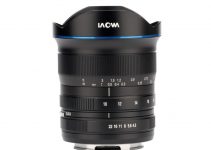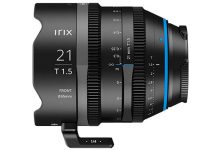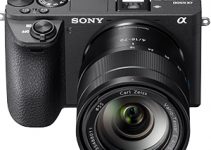Practically every camera with a CMOS sensor is going to suffer to some degree from one thing: rolling shutter.
Unless you do some super processing, it’s just how the sensor tech works. Blackmagic cameras are, no surprise, among this group of rolling shutter-affected cameras and it may be something you want to address during and after shooting.
It may not be possible to fix your rolling shutter when you hit record, but there are ways to mitigate its impact.
Diode Films has a way that can basically eliminate rolling shutter on most of Blackmagic’s cameras, including the super popular Pocket series and just-released full-frame Cinema Camera 6K.
If you haven’t learned how rolling shutter works on CMOS sensors it is actually pretty simple. Technically, these sensors don’t capture the image all at once.
They read off the image line by line. So, while it is very fast to us, it isn’t as fast as you need to completely freeze all motion, especially as you quickly pan the camera or have a fast-moving subject.
This “jello” effect is usually exaggerated with bigger sensors and higher resolutions, like the full-frame sensor of the new Cinema Camera 6K. Most of the time you might not notice, but when you do it can be a real problem.
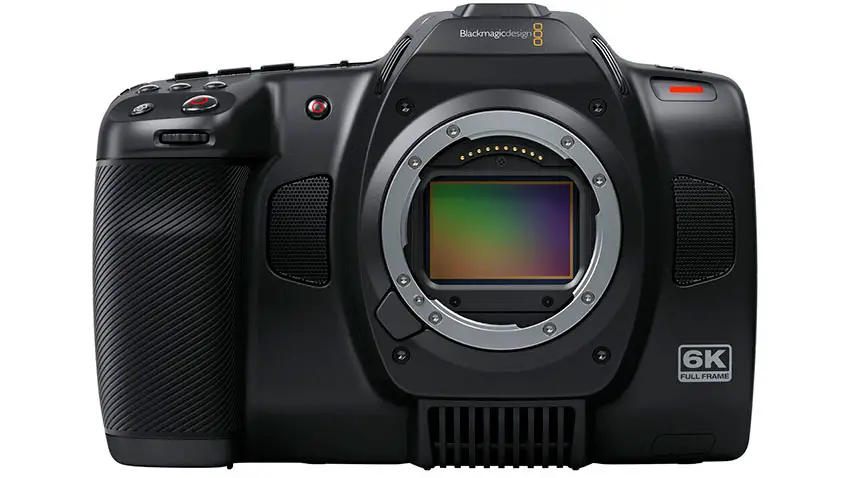
Image Credit: Blackmagic Design
Handheld shooting can quickly reveal rolling shutter problems. If you have a style that often requires camera movement or following fast-moving subjects then you might need to consider rolling shutter performance as part of your camera shopping experience.
There are ways to mitigate the impact of rolling shutter.
Blackmagic actually added a function that might be able to help out a lot. Using gyro sensors within the cameras, you can have a record of how the camera moved throughout a shot.
You can then take this data, put it into DaVinci Resolve, and correct any shake in your footage using digital processing.
One note with this post stabilization function is that it actually also corrects rolling shutter.
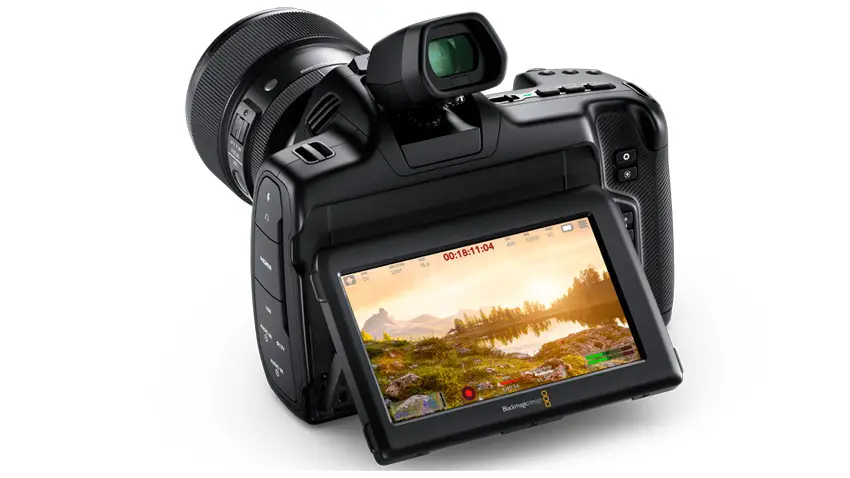
Image Credit: Blackmagic Design
You’ll need to make sure the feature is turned on in the camera and then activate it in post.
The interesting thing is that when you turn it on in Resolve you can actually still benefit from the rolling shutter correction without applying the standard stabilization correction.
Just turn the strength all the way down to 0. Resolve will still apply a rolling shutter correction.
The results look surprisingly good and they work very quickly. Since there isn’t need for an extreme analysis of the footage to do the post stabilization, the software just reads off the metadata and gives you the correction.
Not many cameras have this gyro stabilization option, so you might want to consider it as you look for your next camera.
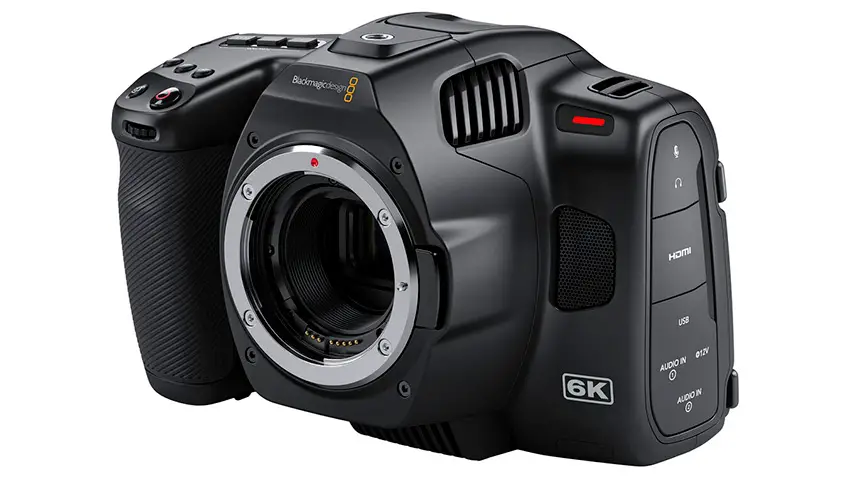
Image Credit: Blackmagic Design
There are some downsides though. It can only affect rolling shutter caused by the movement of the camera.
If you have a fast-moving subject like a car, the gyro data obviously won’t include information on how the car moves. It also won’t recognize strobing effects.
But, for handheld shooting, the gyro stabilization method seems like it can do the trick to make your footage look better.
Have you used Blackmagic’s gyro stabilization?
[source: Diode Films]
Order Links:
Disclaimer: As an Amazon Associate partner and participant in B&H and Adorama Affiliate programmes, we earn a small comission from each purchase made through the affiliate links listed above at no additional cost to you.
Claim your copy of DAVINCI RESOLVE - SIMPLIFIED COURSE with 50% off! Get Instant Access!



